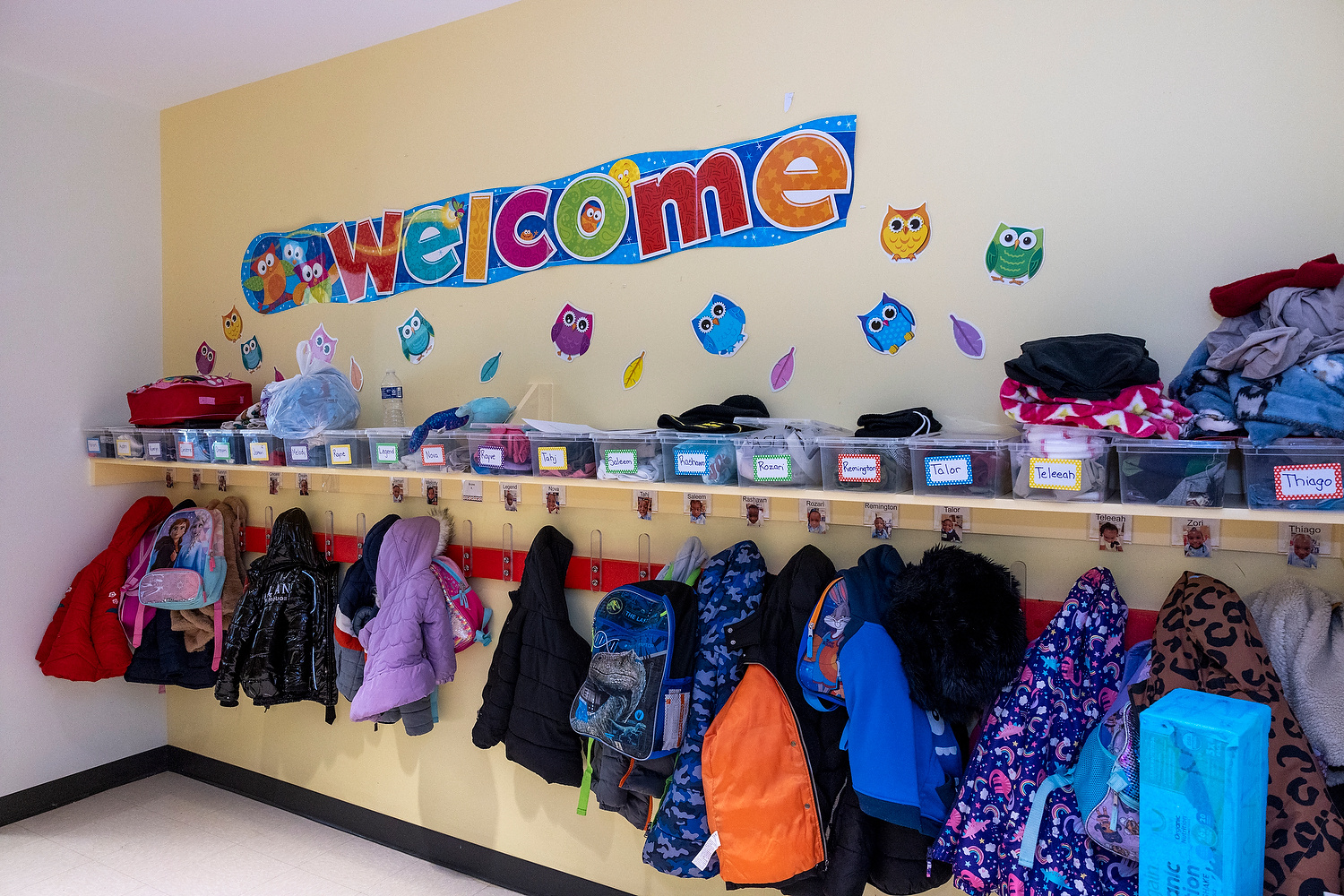Strategic Staffing in Special Education: Choosing the Right Model for Success
Administrators • 6 min read • Sep 3, 2024 8:36:24 PM • Written by: Sarah Sandelius

Picture this: It's a crisp September morning, and Principal Johnson walks into her office, greeted by a stack of urgent emails. Among them, were two special education teacher resignations and a handful of unmet IEP service hours from the previous week. Sound familiar?
The special education staffing crisis is not just a headline—it's a daily reality for school leaders like Principal Johnson. A new report from the U.S. Department of Education shows that 39 states and Washington, D.C. have a shortage of special education teachers. This shortage isn't just a number; it represents countless students at risk of not receiving the support they need to thrive.
But what if we told you that within this challenge lies an opportunity? An opportunity to reimagine how we approach special education staffing, innovate, and create more resilient, effective, and inclusive systems than ever before.
Shifting the Paradigm
The traditional approach to solving staffing shortages often focuses on recruitment—casting a wider net, offering incentives, or lowering barriers to entry. While these strategies have their place, they don't address the fundamental issue: how to maximize the impact of the educators we already have.
What if, instead of solely focusing on getting more teachers, we reimagined how we utilize the expertise and passion of our existing staff?

Three Innovative Staffing Models
A component of reimagining staff is taking a critical look at how special education teachers are assigned to work in core content classrooms - thereby maximizing the impact of their support on more students.
Three staffing models offer new possibilities for maximizing your special education resources:
- The Departmentalized Model: Special education teachers focus on specific content areas, providing specialized support across multiple grade levels.
- The Grade-Level Integration Model: Special educators are fully embedded within grade-level teams, collaborating closely with general education teachers across all subjects.
- The Dynamic Caseload Model: Special educators follow a cohort of students across multiple years, providing consistent support throughout a student's educational journey.
|
Model |
Pros |
Cons |
|
Departmentalized |
Develops deep subject expertise Enhances targeted academic support Aligns with secondary school structures |
May limit flexibility across grade levels Requires strong content knowledge Could reduce holistic student support |
|
Grade-Level Integration |
Promotes inclusive practices Enhances collaboration with general education Provides consistent support across subjects |
Requires broad knowledge across subjects May limit vertical alignment Could increase planning time needs |
|
Dynamic Caseload |
Builds strong student-teacher relationships Ensures long-term consistency in support Facilitates comprehensive progress monitoring |
Can be logistically complex May limit exposure to different teaching styles Could create challenges with staff turnover |
From Concept to Action: Key Implementation Strategies
Now, let's get practical. Here are five key strategies to help you implement these staffing models:
Strategy One: Assess and Engage- Use our "Special Education Staffing Model Assessment Matrix" to evaluate your current landscape.
- Engage your team in workshops to brainstorm how elements of each model might work in your school.
- Choose one aspect of a new model to pilot.
- Set clear goals, measure outcomes, and be prepared to adjust.
- Use data consistently to drive decisions and inform improvements.
Strategy Three: Invest in Your Team
- Provide targeted professional development to support staff as roles shift.
- Prioritize collaborative planning time for special and general educators.
Strategy Four: Ensure Compliance and Communication
- Regularly review practices to stay aligned with IEP goals and service minutes.
- Communicate changes clearly and often to all stakeholders, including parents and staff.
- Partner with organizations specializing in special education leadership support, like ABC, to navigate complex changes effectively.
- Develop contingency plans for short-term staffing gaps that do not pull special educators from their primary responsibilities (e.g., creating a pool of trained substitute teachers, partnering with local universities for student-teacher placements, etc.).

The Road Ahead
Reimagining special education staffing isn't just about solving a shortage—it's about creating a more responsive, effective, and inclusive education system for all students. As you begin this journey, remember that perfection isn't the goal. Every small step towards a more innovative staffing model is a step towards better supporting your students and teachers.
We encourage you to complete our Special Education Staffing Model Assessment Matrix. Discuss the results with your team and identify areas ripe for innovation in your school.
Ready to take the next step? Reach out to ABC for a personalized consultation. Our expert coaches can help you reimagine your special education staffing, strategically navigate challenges, and implement effective solutions tailored to your school's unique needs.
Let's transform special education together!
Sarah Sandelius
Our Latest
Related Articles

November 1, 2024 | Administrators
Harnessing AI for Inclusive Education: Strategies for Special Education Leaders
Discover how special education leaders can leverage AI to enhance inclusive practices while maintain...

August 13, 2024 | Administrators
An Administrator's Essential Guide for Establishing a Culture of Inclusion
Learn how school leaders can foster inclusive education from day one. Practical strategies for admin...

January 12, 2021 | Culture of Inclusion
5 Steps to Building More Collaborative, Equitable, and Inclusive Classrooms
Learn about an innovative approach to foster collaboration among educators and enhance inclusive cla...
